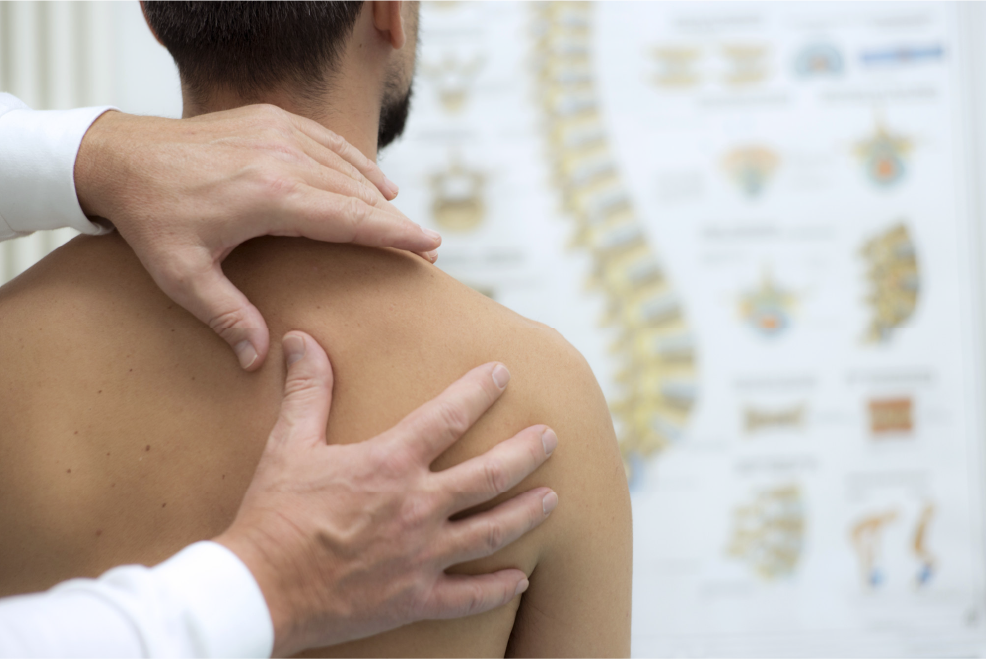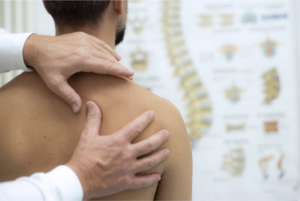Spinal Manipulation
Two Cases of Spinal Manipulation Performed while the Patient Contemplated an Associated Stress Event: The Effect of the Manipulation/Contemplation on Serum Cholesterol Levels in Hypercholesterolemic Subjects Kristopher B. Peterson, D.C.Chiropractic Technique 1995;7 55-59. Abstract: Objective: To describe, in a case-study format, the possible effects of spinal manipulation, performed while two hypercholesterolemic subjects pondered associated stress events, […]
Spinal Manipulation Read More »


